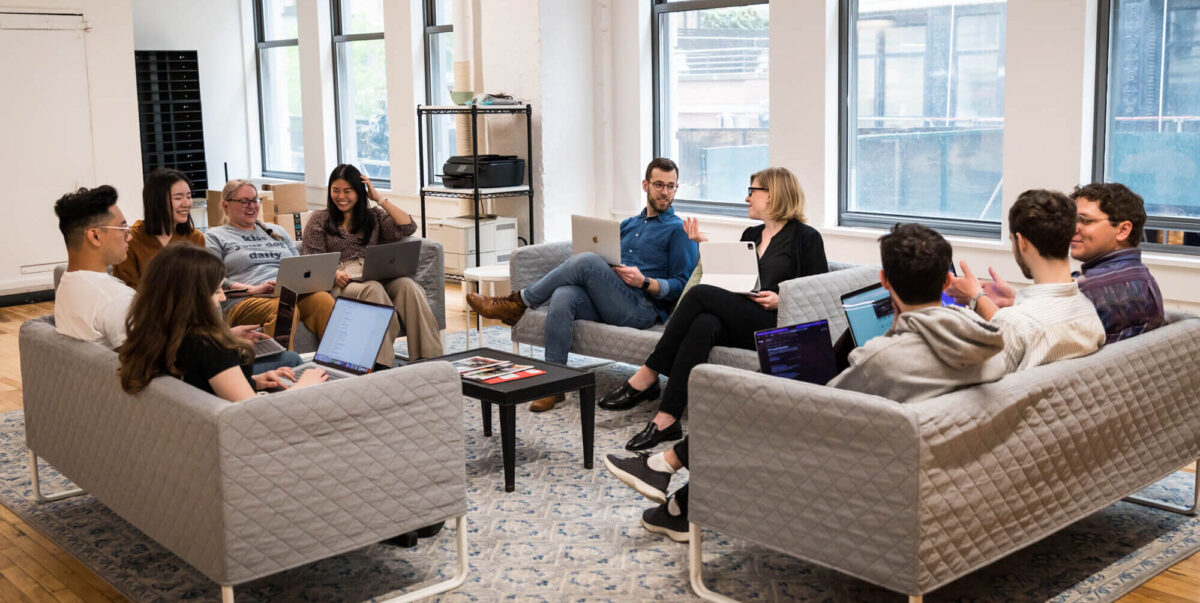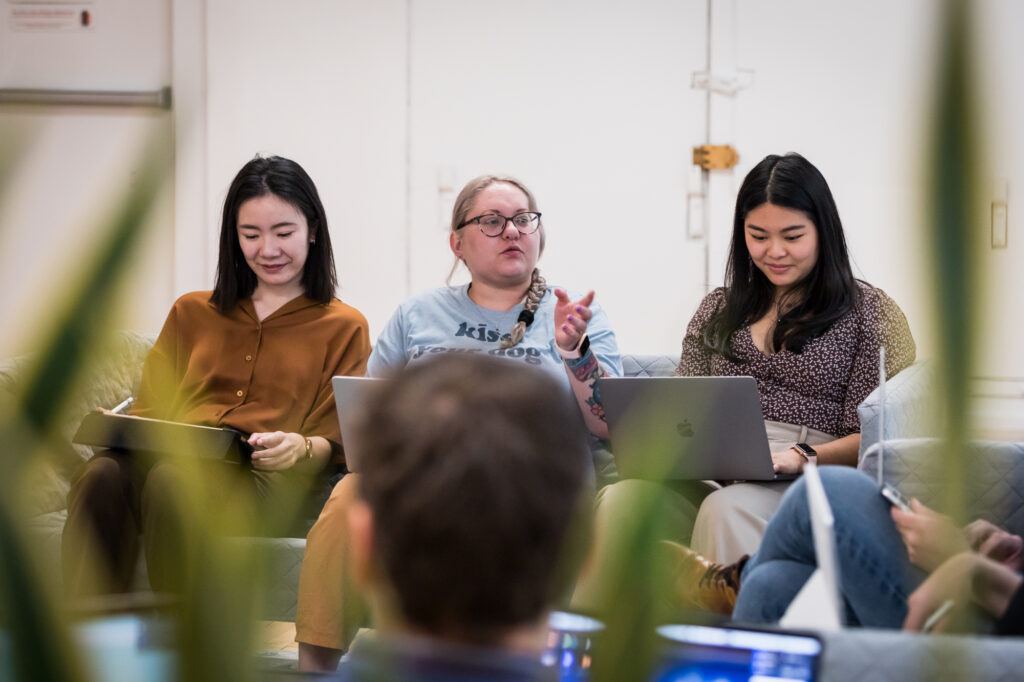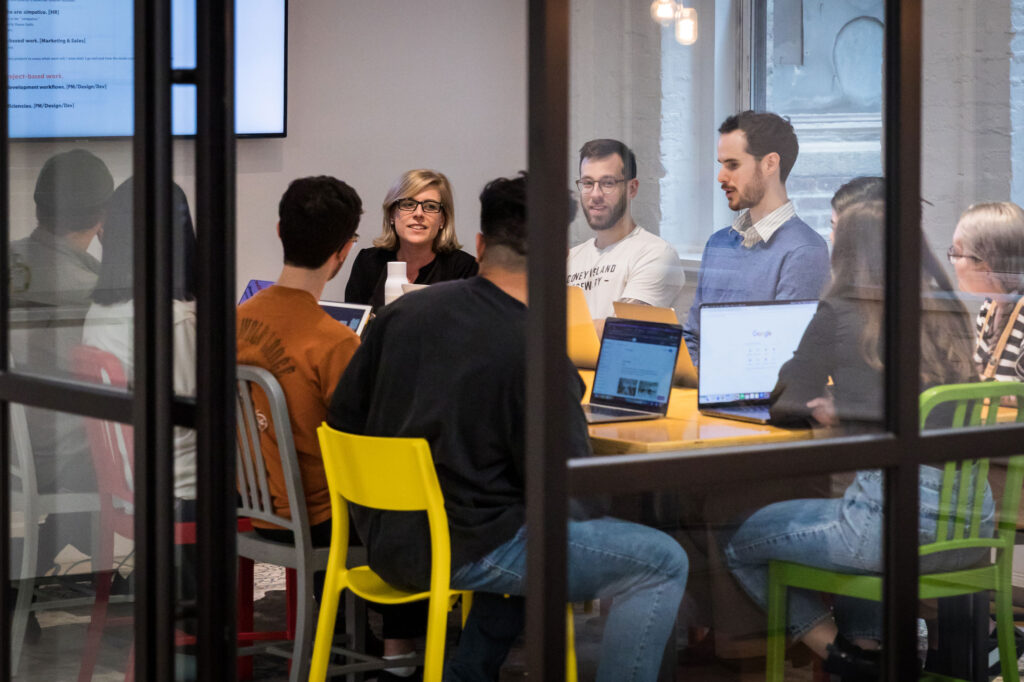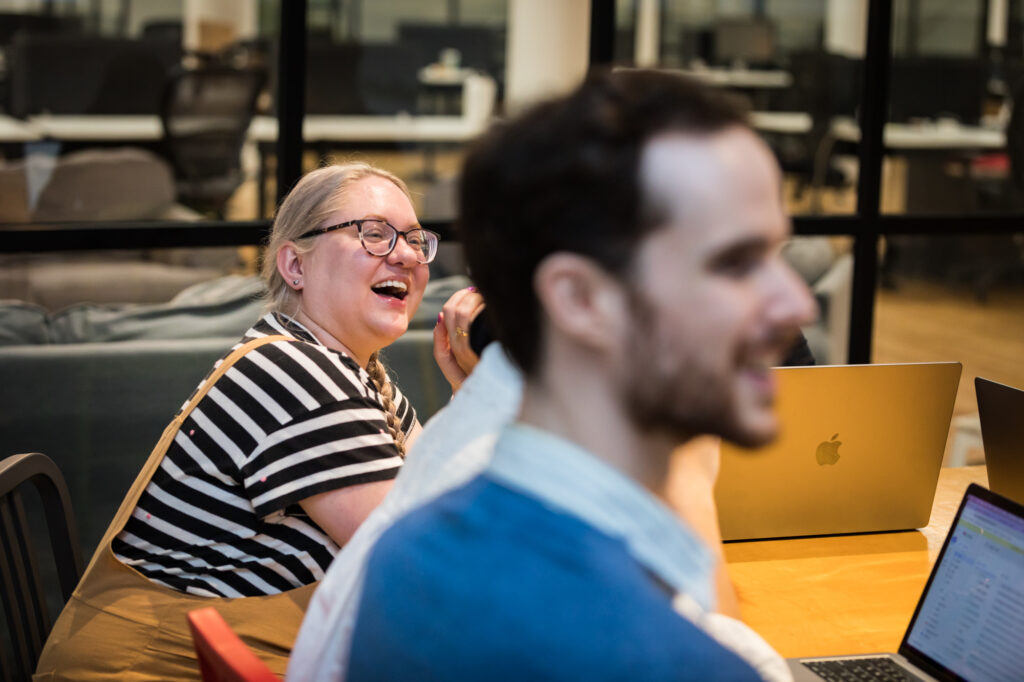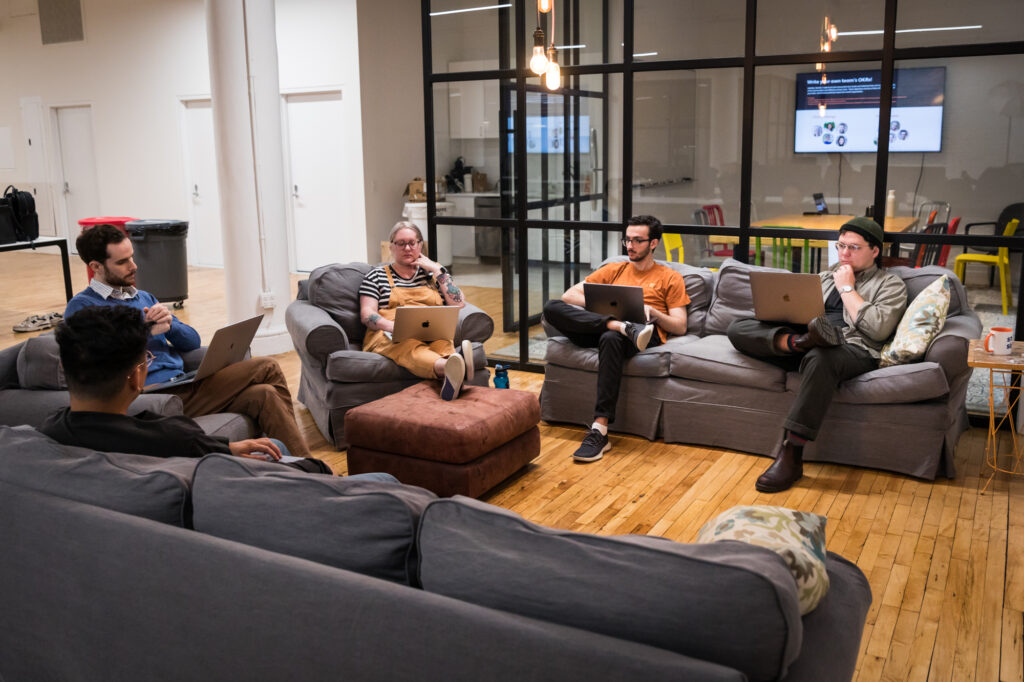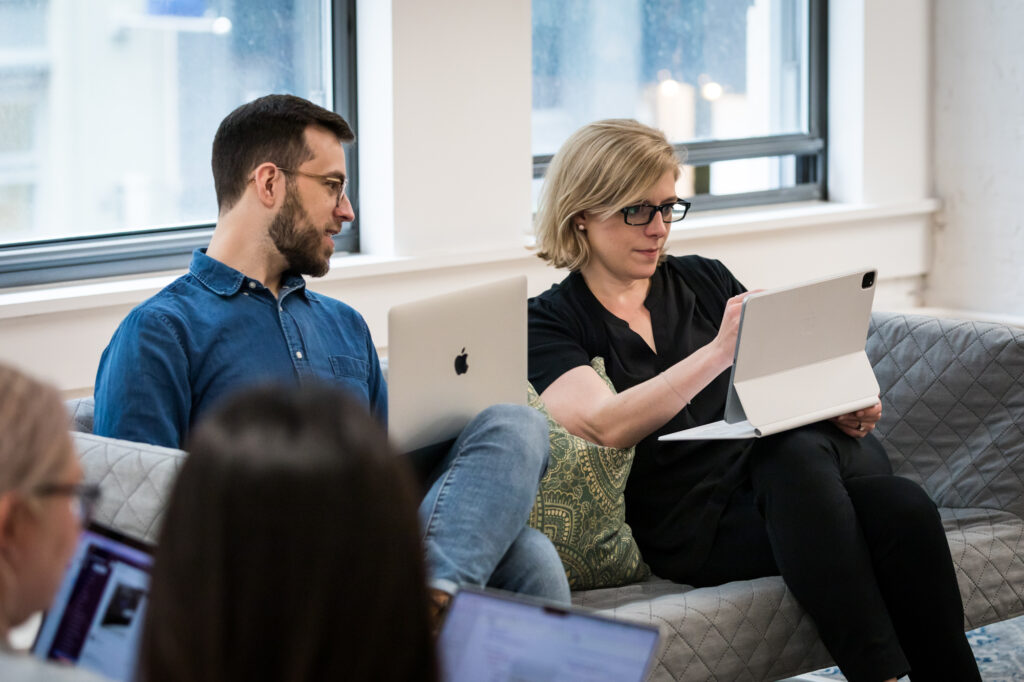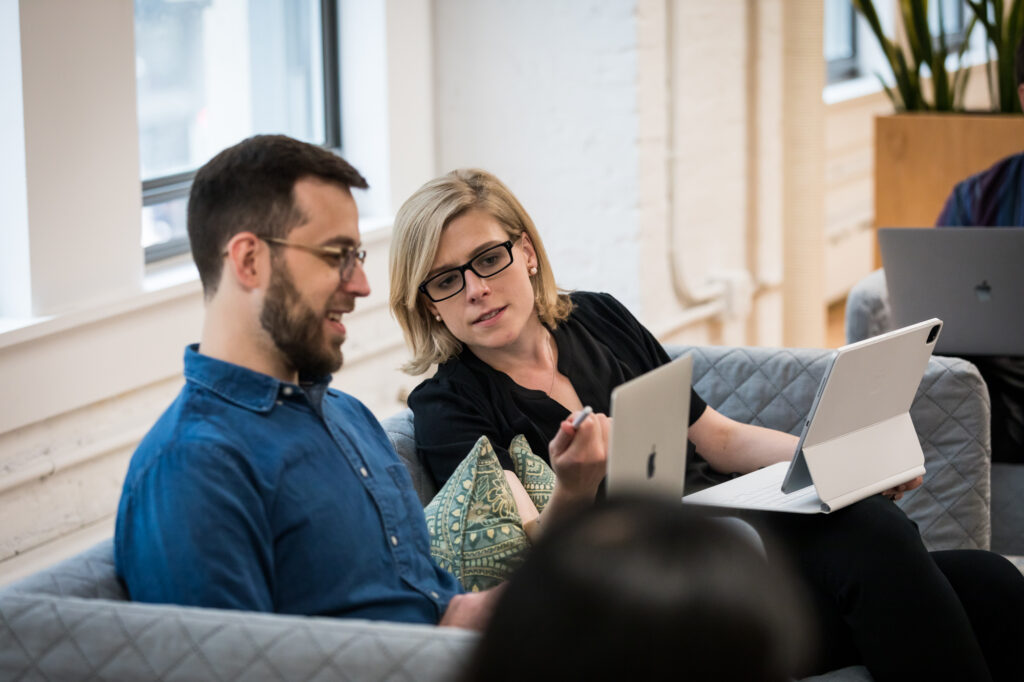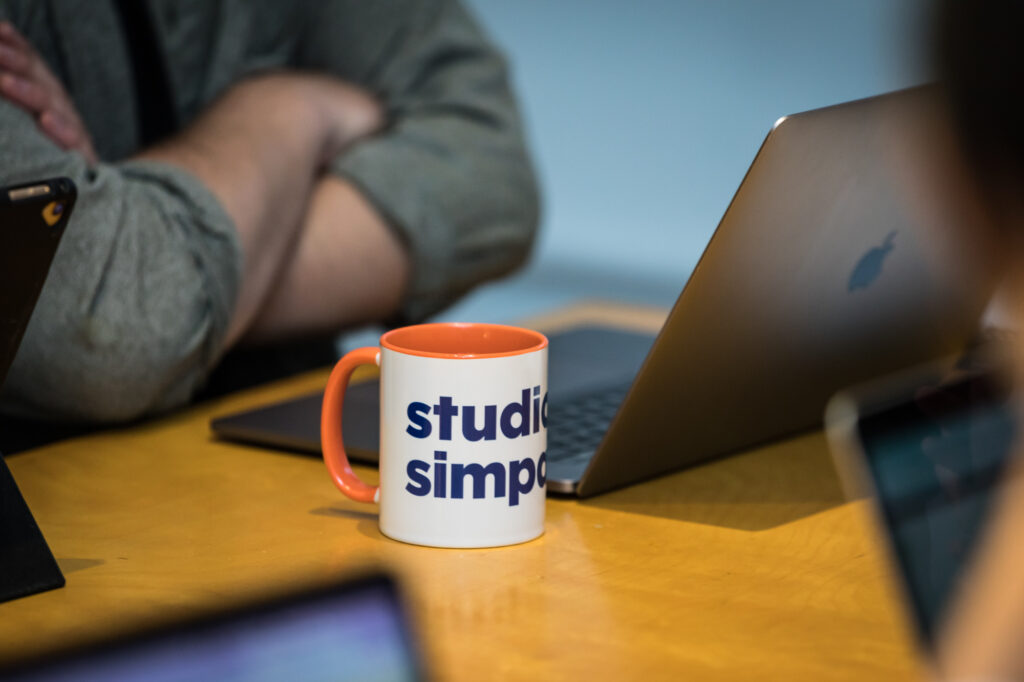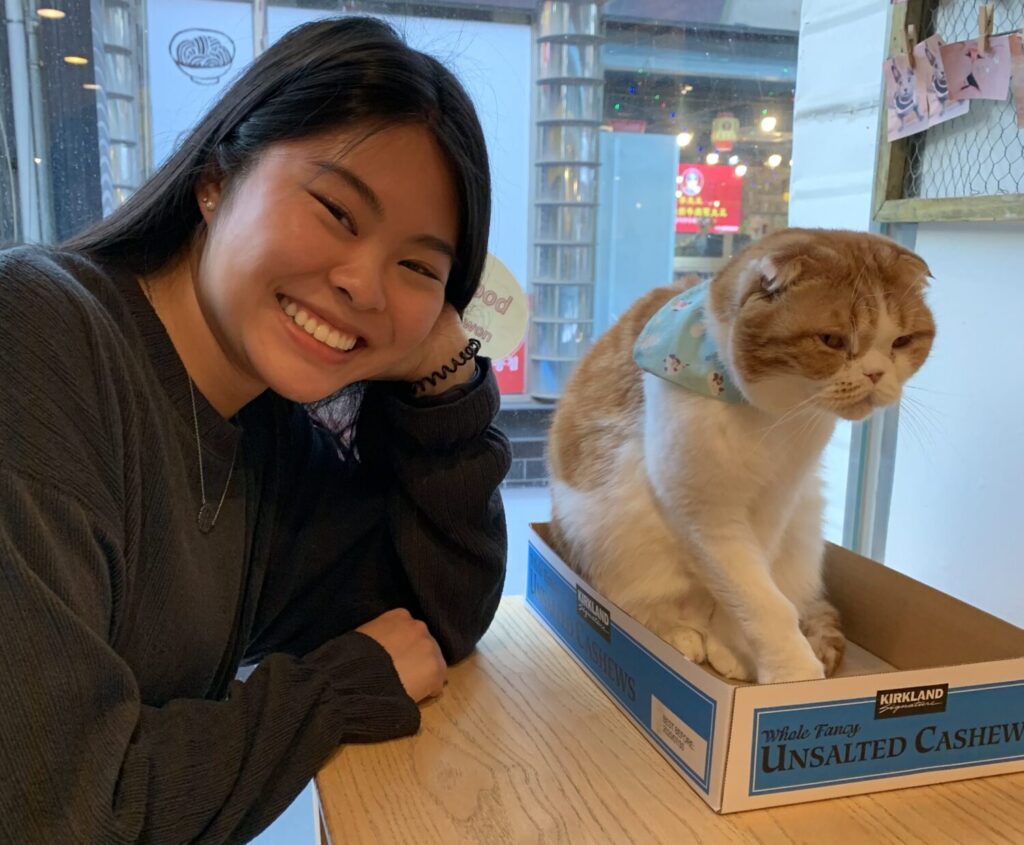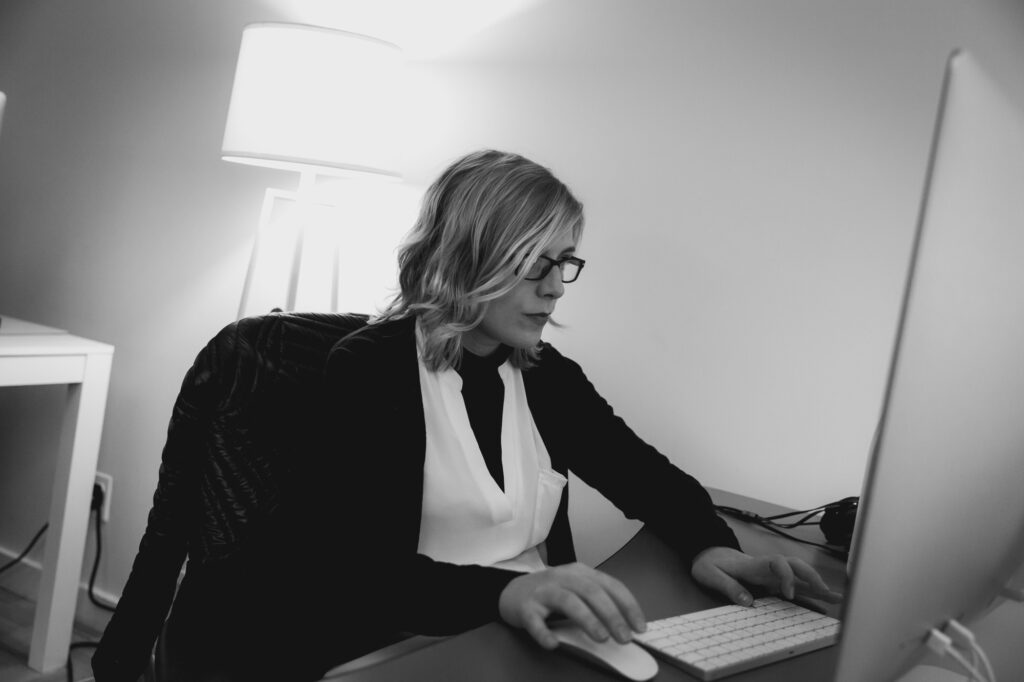The most challenging aspect of branding a nonprofit?
Ensuring that the identity accurately reflects the organization’s mission, values, and unique attributes.
While brand identity is viewed as a means for “monetary gain” in the for-profit business sector, it takes on a new meaning working in the nonprofit sector. Establishing consistency and unity between your internal and external mission and values as a nonprofit is one of the most compelling reasons to prioritize a brand identity.
At Studio Simpatico, we’ve had the privilege of establishing representative visual identities for a variety of nonprofits across the country:
- We created a vivid, modern visual identity for Nuasin Next Generation, a charter school in the Highbridge neighborhood of the Bronx
- We extended the identity of SEEHER, an initiative of the ANA (Association of National Advertisers) aimed to increase the accurate portrayal of all women and girls in marketing, advertising, media, and entertainment, to a resource-rich website
- We designed a new logo and visual identity for the Kurt Weill Foundation for Music that combines their rich history with a modern feel.

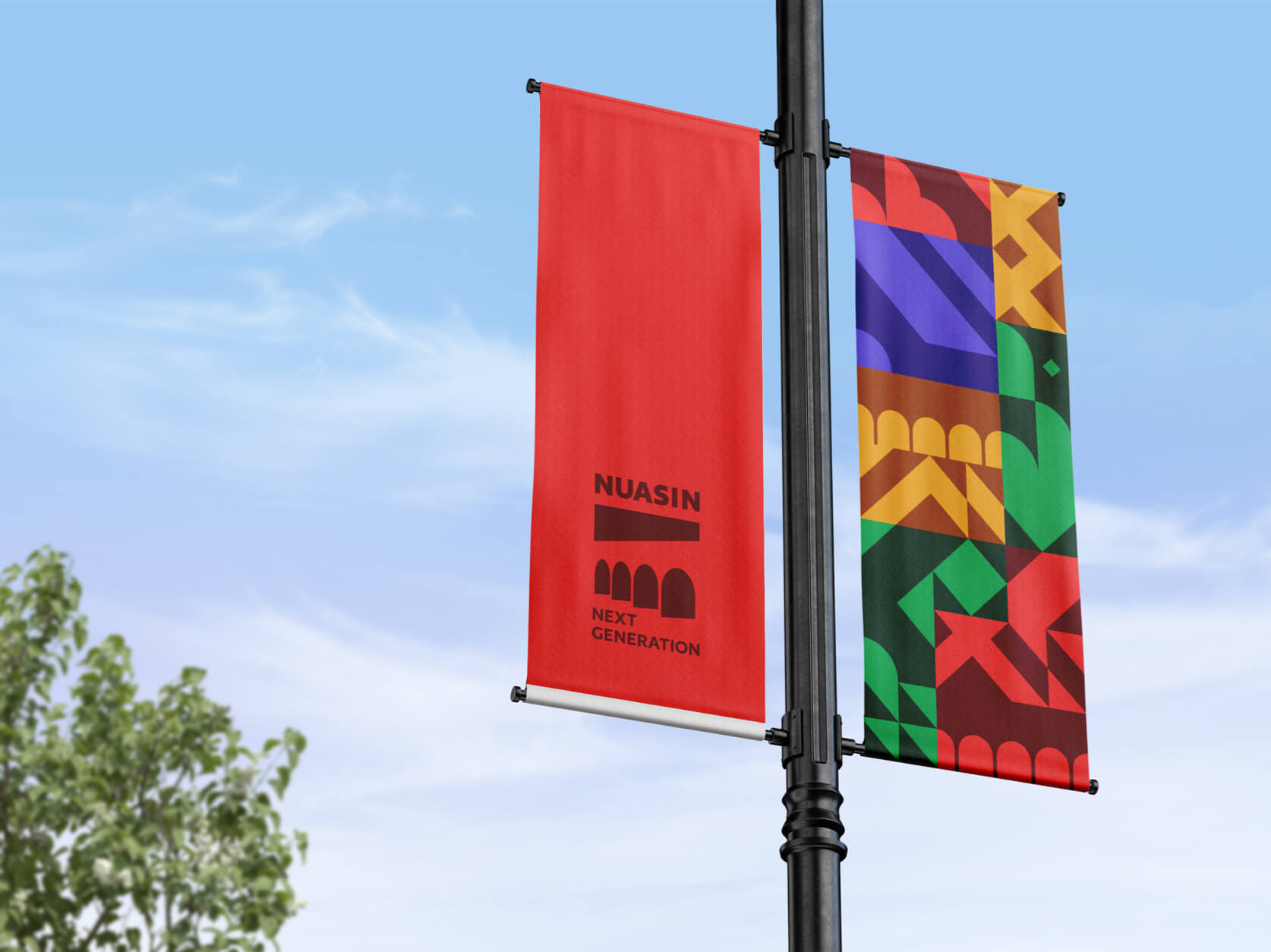
Step 1: Getting to know you
As part of our nonprofit branding services, every brand identity engagement begins with a detailed discovery process. We digest as much as possible about your nonprofit’s mission, programming, stories, current branding and identity (so we understand what has equity), target audience, and the factors driving the decision to rebrand.
Understanding your mission
In order to jumpstart the creative ideation process for potential creative directions, we begin with an extensive dive into your nonprofit’s story. This means meeting with our team several times before starting any design work to really get to the heart of your nonprofit. The most essential thing for us to grasp is your mission. Maintaining brand integrity is of the highest importance for us– we want your brand identity to feel authentic to your mission, programming, audience, and stakeholders.
“The team’s ‘getting to know you’ approach was extremely unique and welcomed compared to other projects I work on … the time they spent with us, getting to know about our desired image really enhanced the project from start to finish,” – Stephanie Bane Fry from The National Civic League.
Our early meetings with you are centered around understanding how you feel the visual identity should look. Ultimately, any visual identity needs to feel authentic internally and externally. Our process heavily relies on your thoughts, input, and feedback.
Understanding your history
During our exploration of Nuasin Next Generation Charter School in the Bronx, we learned that as part of the school’s rebrand from what was previously Metropolitan Lighthouse Charter School, the school chose the name Nuasin, a word originating from the Wappinger Native Americans who inhabited the land before European colonization. The name means “the land between”, and we wanted any visual design direction to reflect this meaning. The High Bridge in the surrounding area was an important geographical element of the school that ultimately inspired our visual design process later.
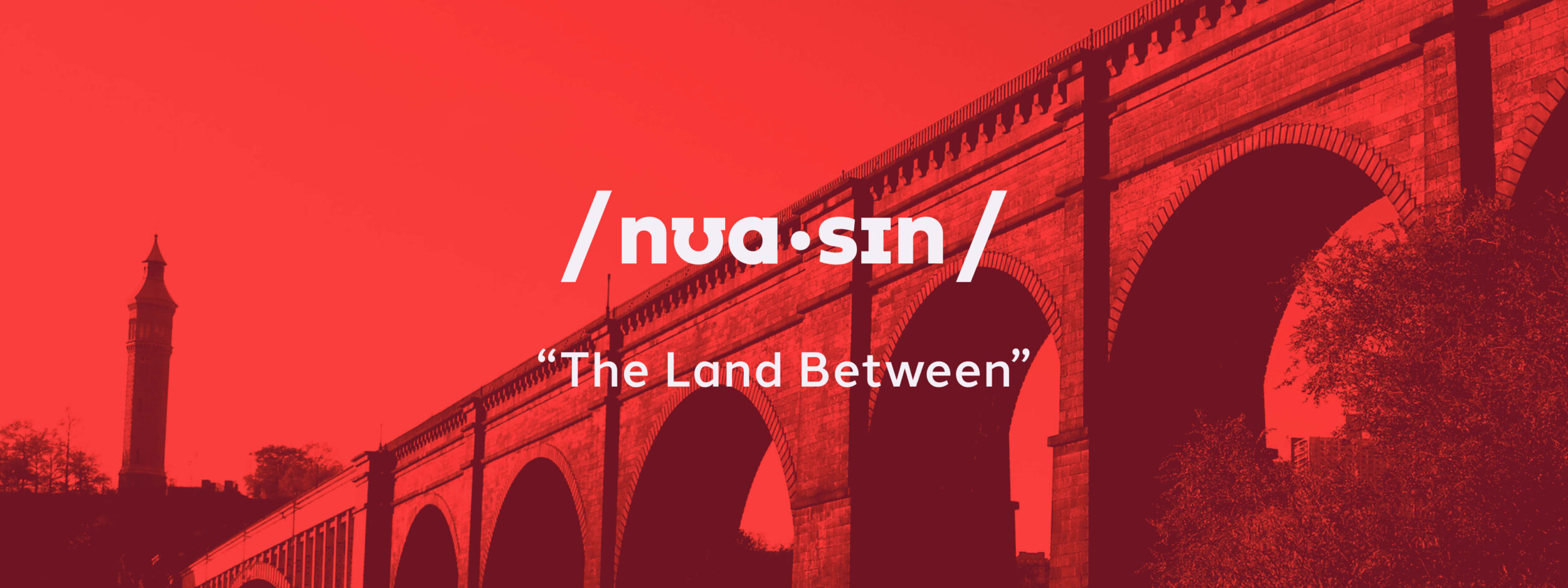
Understanding your audience
It’s also vital to understand your audience(s): their personality, pain points, and desires. Nonprofit organizations often have several audiences, so it’s helpful to define these groups before beginning any design process.
During the discovery process for SEEHER, we learned that this brand identity would need to serve many audiences: supporters of the movement; media and content partners; and prospective and current member organizations. Knowing this, we not only aimed to convey to the public the importance of having women portrayed accurately in front of the camera, but also to media and content creators the importance of creating accurately-portrayed female characters.
To get a sense of design direction, we look at other nonprofit organizations with similar audiences and missions to see the tone of their branding. Are they playful and lighthearted, or more neutral and straightforward? Determining your audience also means figuring out where you want to establish yourself on the branding spectrum.
During discovery, we take on the role of journalists, often conducting interviews with folks across all departments. A 360 degree immersion allows us to develop complete fluency with the organization, resulting in an ideation and creative process that is unusually well-researched and informed.
 Tamara Olson Owner, Studio Simpatico
Tamara Olson Owner, Studio Simpatico 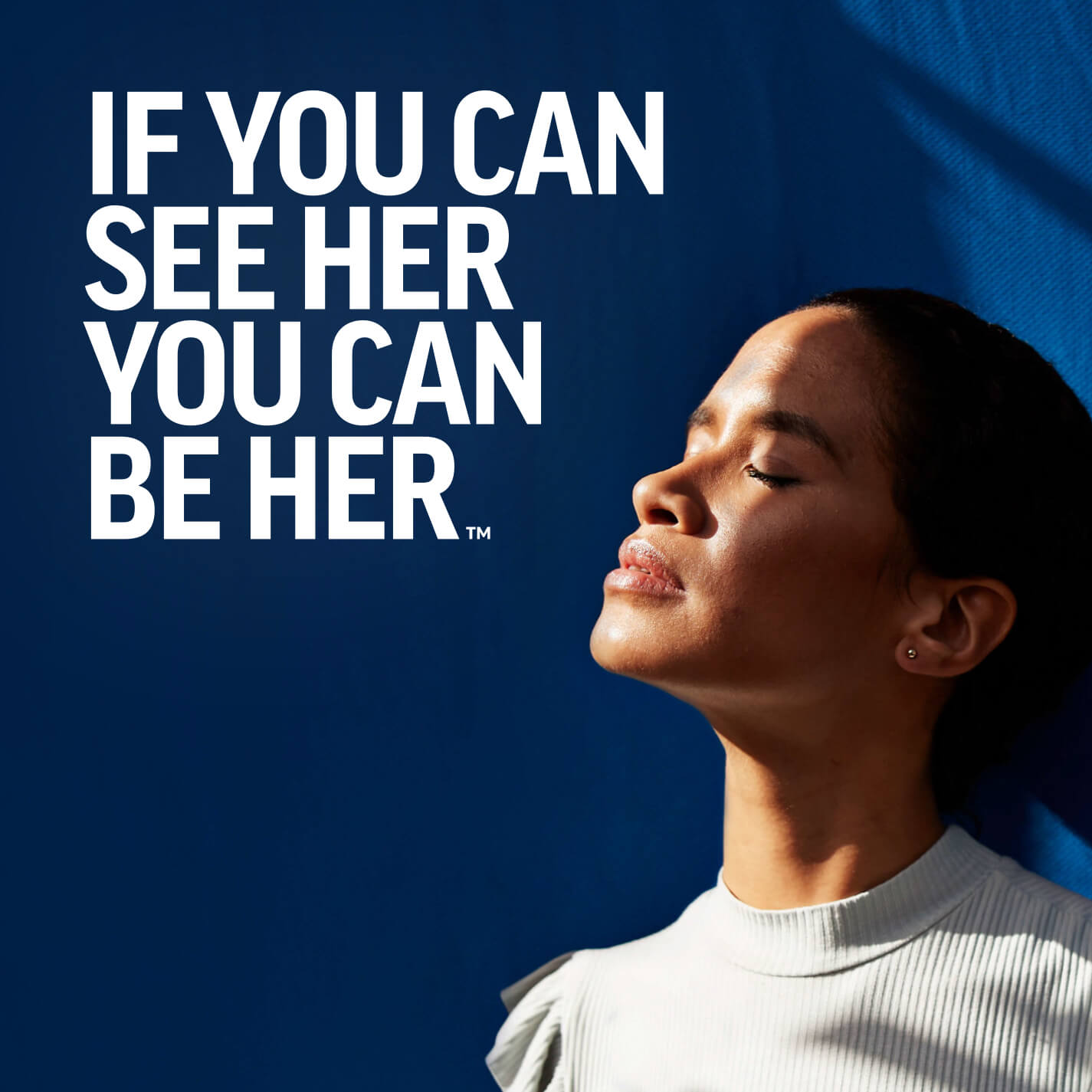
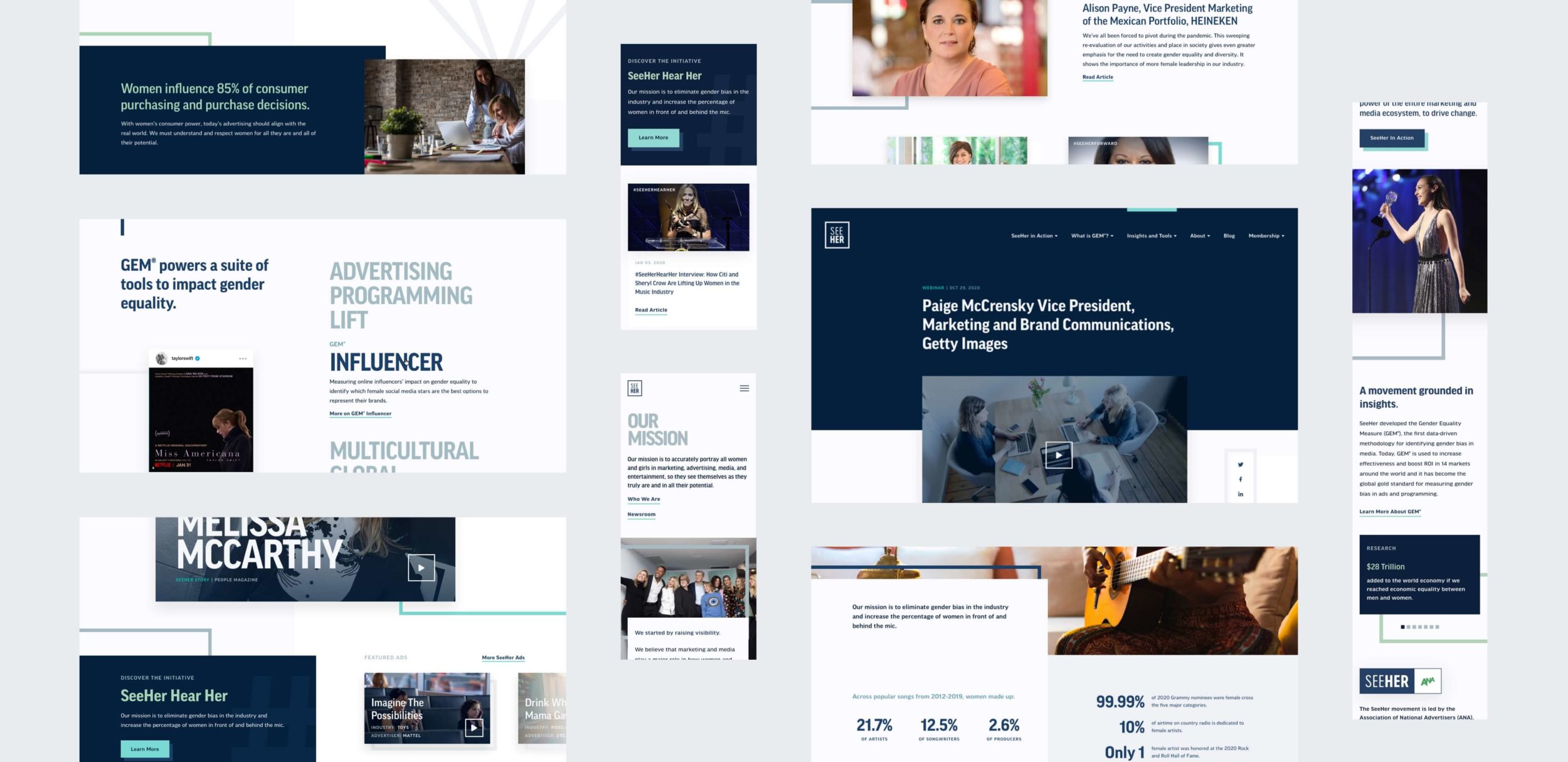
Step 2: Presenting creative direction options
The learnings from our discovery process fuel our creative process. Our first creative presentation involves sharing 2-3 design directions for the brand. We like to include a combination of moodboards, inspiration, and original artwork to contextualize and shape our vision for you. We then discuss each design direction–what aspects feel right, what ones don’t. Your feedback is incredibly valuable at this stage to inform our next steps. Sometimes, the choice of direction can be as straightforward as “Option 1!,” but many times the final direction ends up being an amalgamation of several parts of each design that feel the best to you.
In the spring of 2020, the Kurt Weill Foundation for Music partnered with Studio Simpatico to modernize both their identity and website. Working with KWF, we developed three possible directions for the new logo:
One direction incorporated Kurt Weill’s signature for a personal nod to the legacy of his life and musical collections.
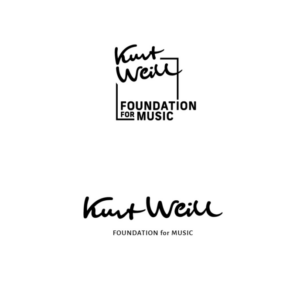
A middle ground encompassed the playful spirit of music using offset typography.
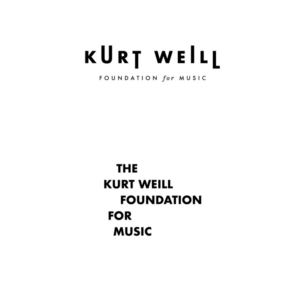
On the other end of the spectrum, for a more neutral look that could represent a large and varying collection of music such as the Kurt Weill Foundation, a more streamlined typeface and logo were used.
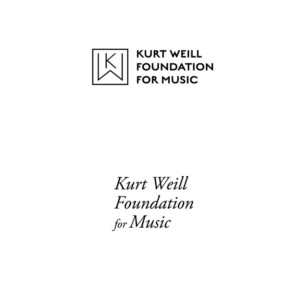
Reviewing and discussing broad ‘look and feel’ directions ensures that we are aligned with the client on overall brand vision, before we begin investing time on more detailed creative work and collateral.
Step 3: Extending the visual identity
The robustness of a visual identity can be measured via its application.
When thinking about collateral, it can be easy to have design myopia–thinking only in terms of digital or print collateral (a website and business cards). However, there are a lot of other ways that your nonprofit brand identity can be applied. Even in the early phases of brand articulation, we encourage you to try and think about where the brand will realistically live, as this can influence how we conceptualize the visual identity.
Working with Nuasin Next Generation, we had the pleasure of seeing our visual identity extended to the physical realm: everything from uniforms to the interior design of the school to a gorgeous banner outside of the building.
View this post on Instagram
View this post on Instagram
View this post on Instagram
A nimble approach to the branding process
We know that small nonprofit organizations face unique challenges that other types of businesses do not–and luckily, our boutique approach as a design studio is simpatico with many of the small nonprofits we work with. Our nonprofit branding services are immersive and interactive–and being small also means we’re lean and nimble to face challenges with dexterity and determination.
We’d love to help you reimagine your nonprofit’s brand identity in strategic and engaging ways. Feeling like you might be simpatico with our approach? Get in touch with us here to learn how we can help you take your nonprofit to the next level.
